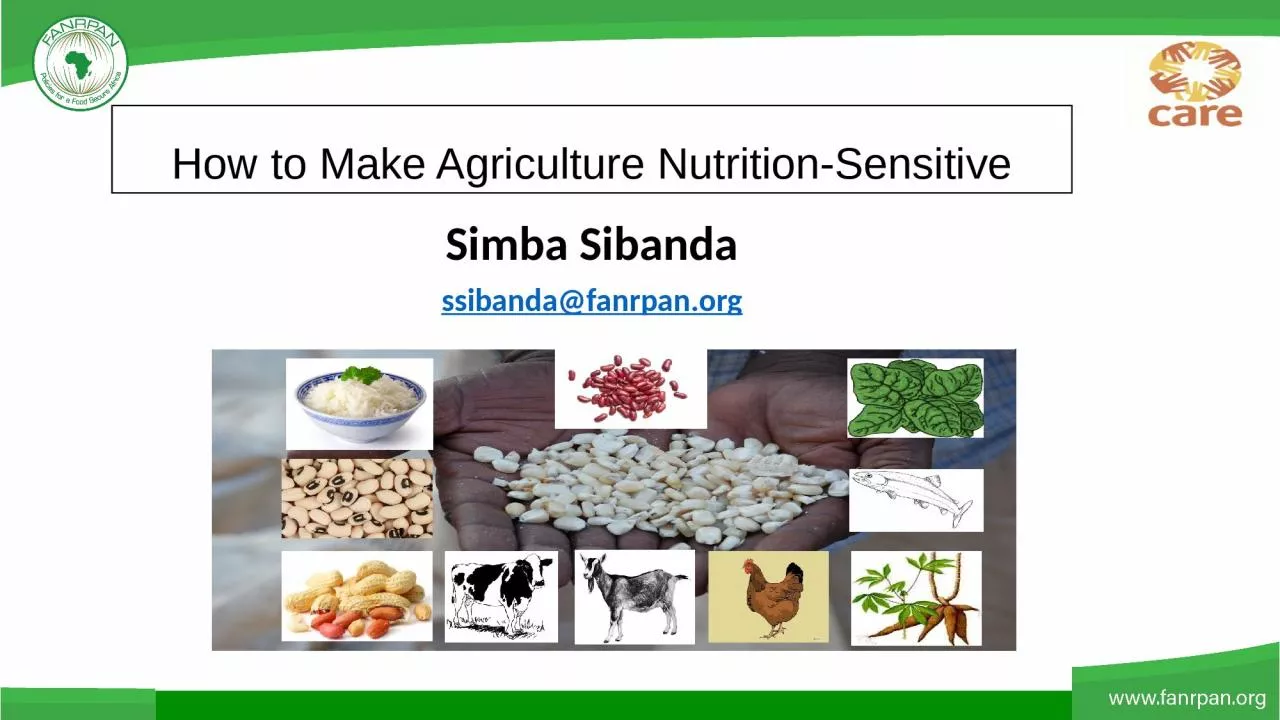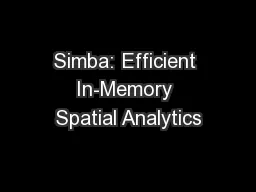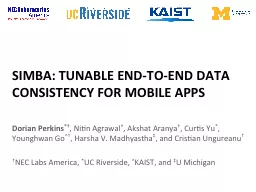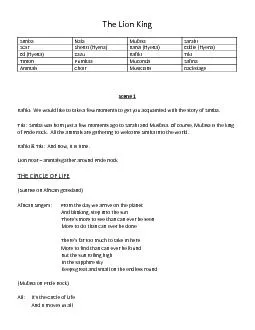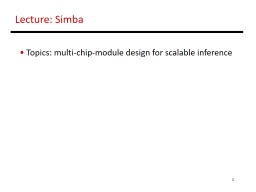PPT-Simba Sibanda ssibanda@fanrpan.org
Author : delilah | Published Date : 2024-03-13
How to Make Agriculture NutritionSensitive Nutrition and Food Security What is it all about Source CFS 2012 Exists when all people at all times have physical social
Presentation Embed Code
Download Presentation
Download Presentation The PPT/PDF document "Simba Sibanda ssibanda@fanrpan.org" is the property of its rightful owner. Permission is granted to download and print the materials on this website for personal, non-commercial use only, and to display it on your personal computer provided you do not modify the materials and that you retain all copyright notices contained in the materials. By downloading content from our website, you accept the terms of this agreement.
Simba Sibanda ssibanda@fanrpan.org: Transcript
Download Rules Of Document
"Simba Sibanda ssibanda@fanrpan.org"The content belongs to its owner. You may download and print it for personal use, without modification, and keep all copyright notices. By downloading, you agree to these terms.
Related Documents

